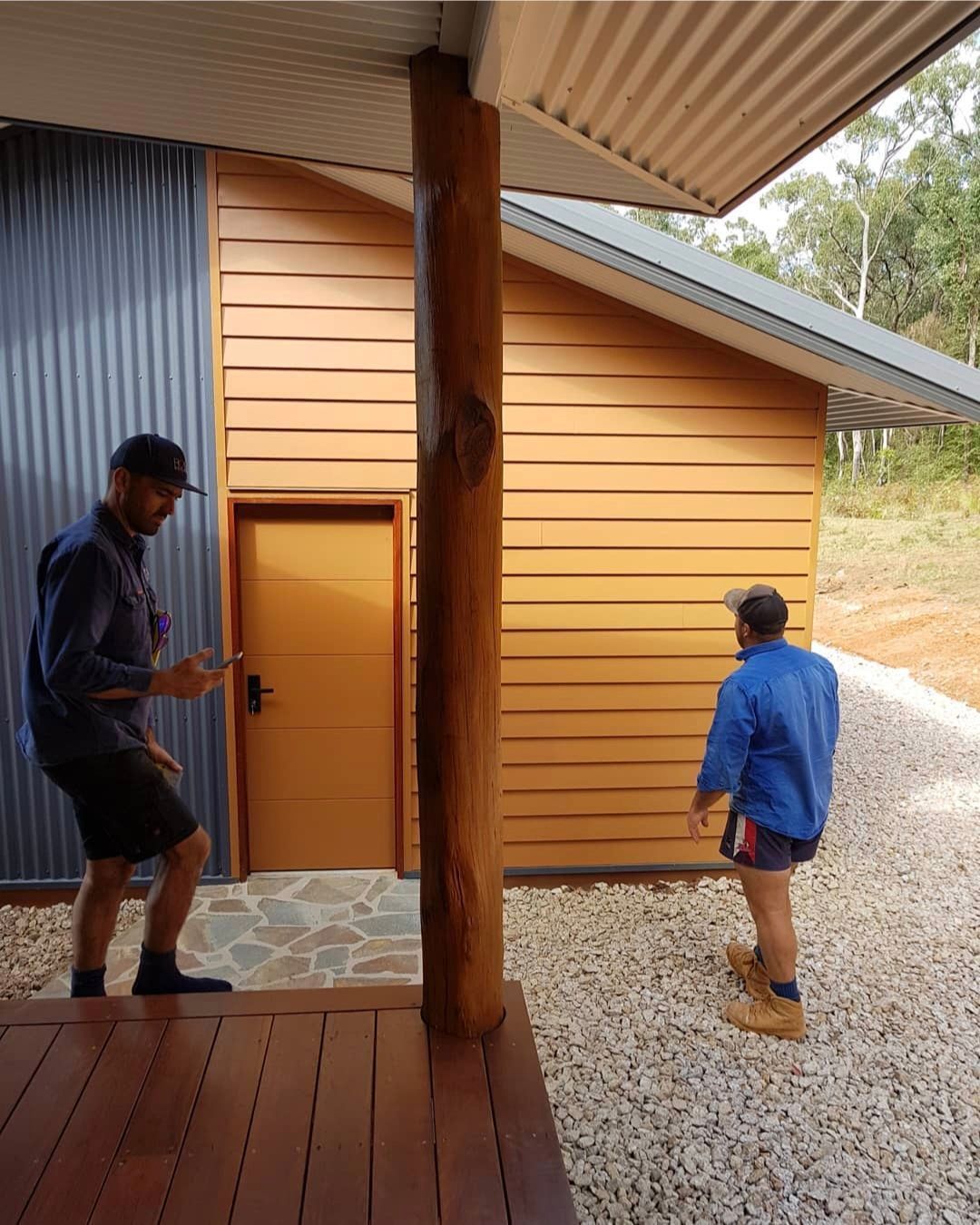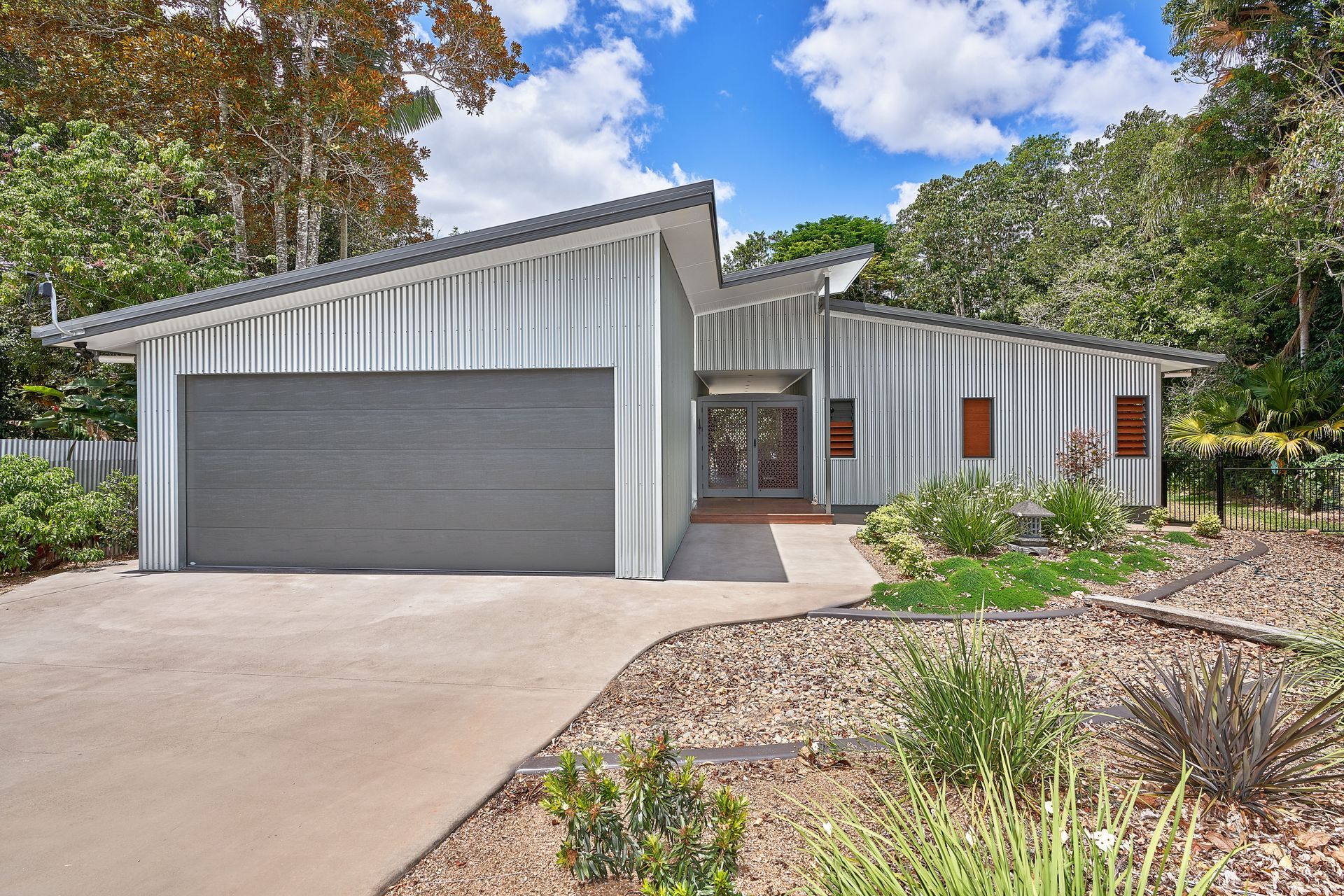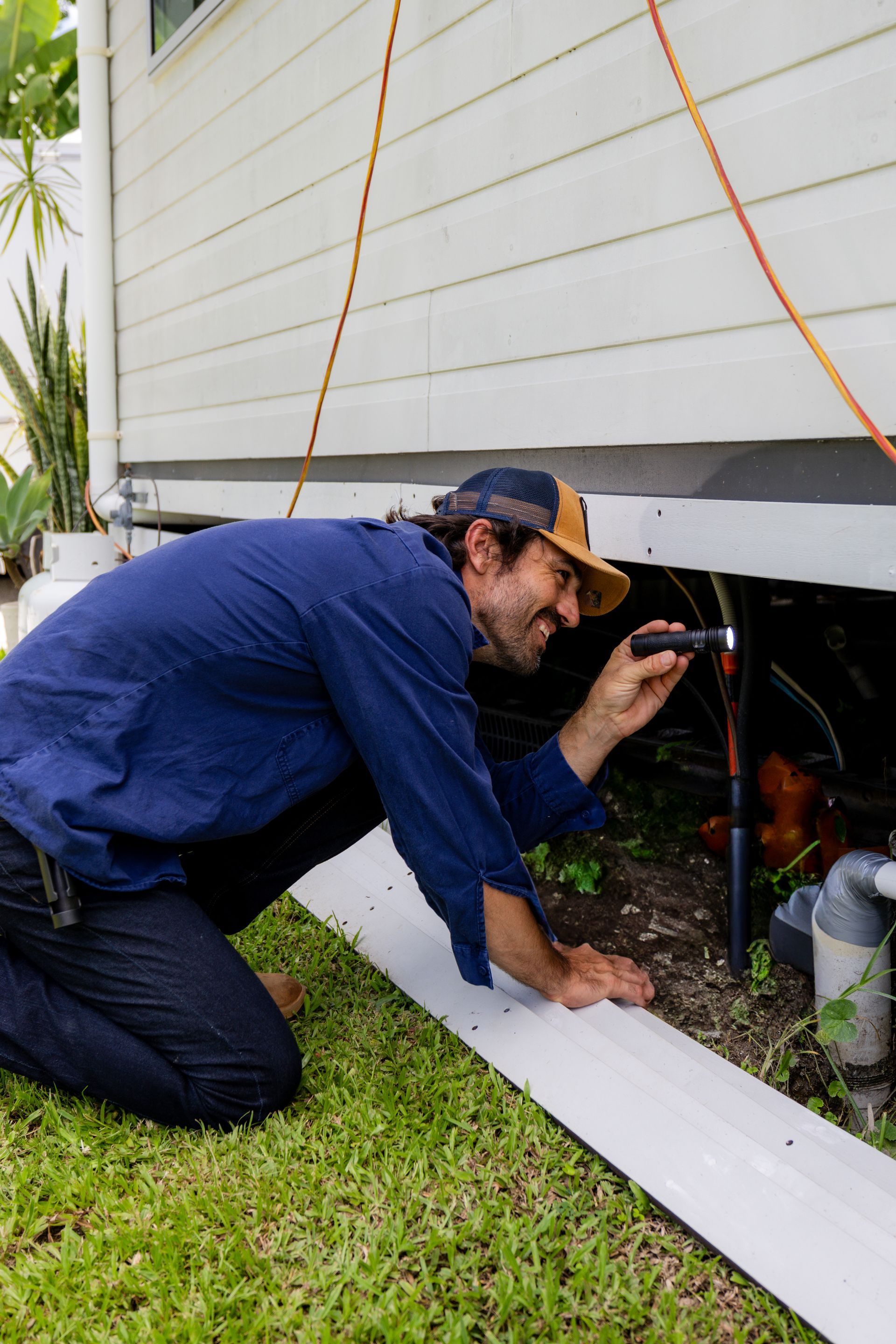Asset Management in Atherton
Plan Repairs & Upgrades with Confidence
Building asset management refers to the systematic management of physical properties, including commercial, residential, and government buildings, with the goal of protecting their value, operational efficiency, and longevity. This process involves strategic planning, maintenance, operation, and possible disposal or sale of these buildings.
For investment purposes, building asset management focuses on making sure properties are well-maintained to retain a required standard of value or return on investment.
In the context of government departments, building asset management involves overseeing public properties, such as government offices and infrastructure. The aim is to ensure these properties are well-maintained, meet the needs of the public, while helping manage costs and maximising the use of public resources.
For companies, building asset management focuses on managing real estate portfolios. Companies need to ensure their buildings are properly maintained, efficiently used, and aligned with business objectives.
Helping You to Make Informed Decisions
Why It Is Necessary
Maintaining Value: Effective building asset management ensures that properties retain or increase their value over time, which is crucial for both investors and organisations.
Cost Efficiency: Regular inspections help minimise costly repairs and maximise operational efficiency, which is important for both businesses and governments managing public funds.
Risk Management: It helps mitigate risks related to property depreciation, non-compliance with regulations, and unexpected maintenance costs.
In summary, building asset management is essential for ensuring properties are well-maintained, efficiently operated, and strategically managed to meet the goals of investors, government entities, and businesses, while maximising value, minimising costs, and ensuring long-term sustainability.
What We Look For
Here's what we are looking to assess during a building and pest inspection:
- Cracking and/or movement.
- Structural issues.
- Fungal decay.
- Timber pest activity or damage.
- Moisture issues – water leaks, ingress or damage.
- Minor defects.
- Major defects.
- Below-standard tradesmanship.
- Safety hazards.






